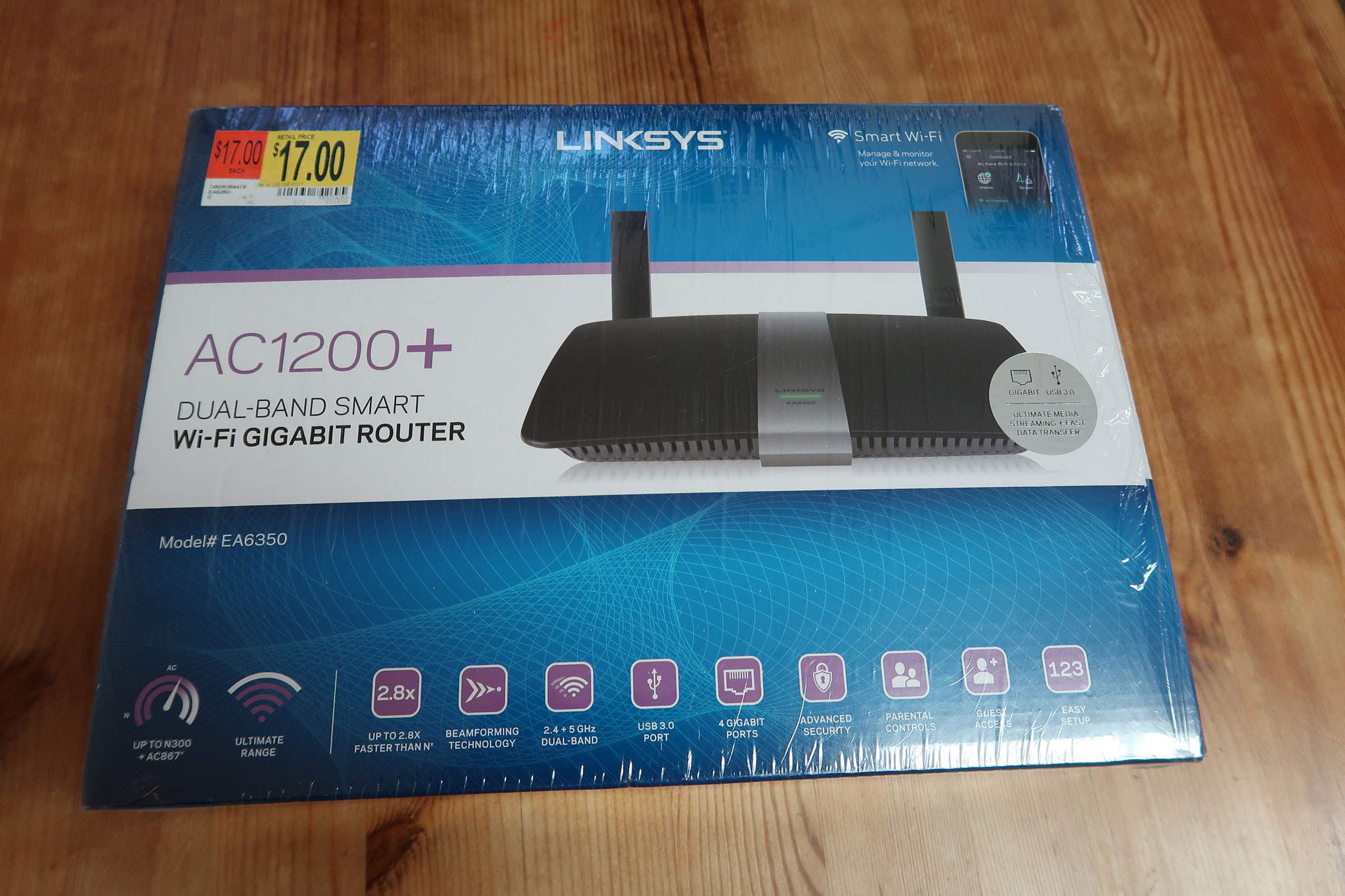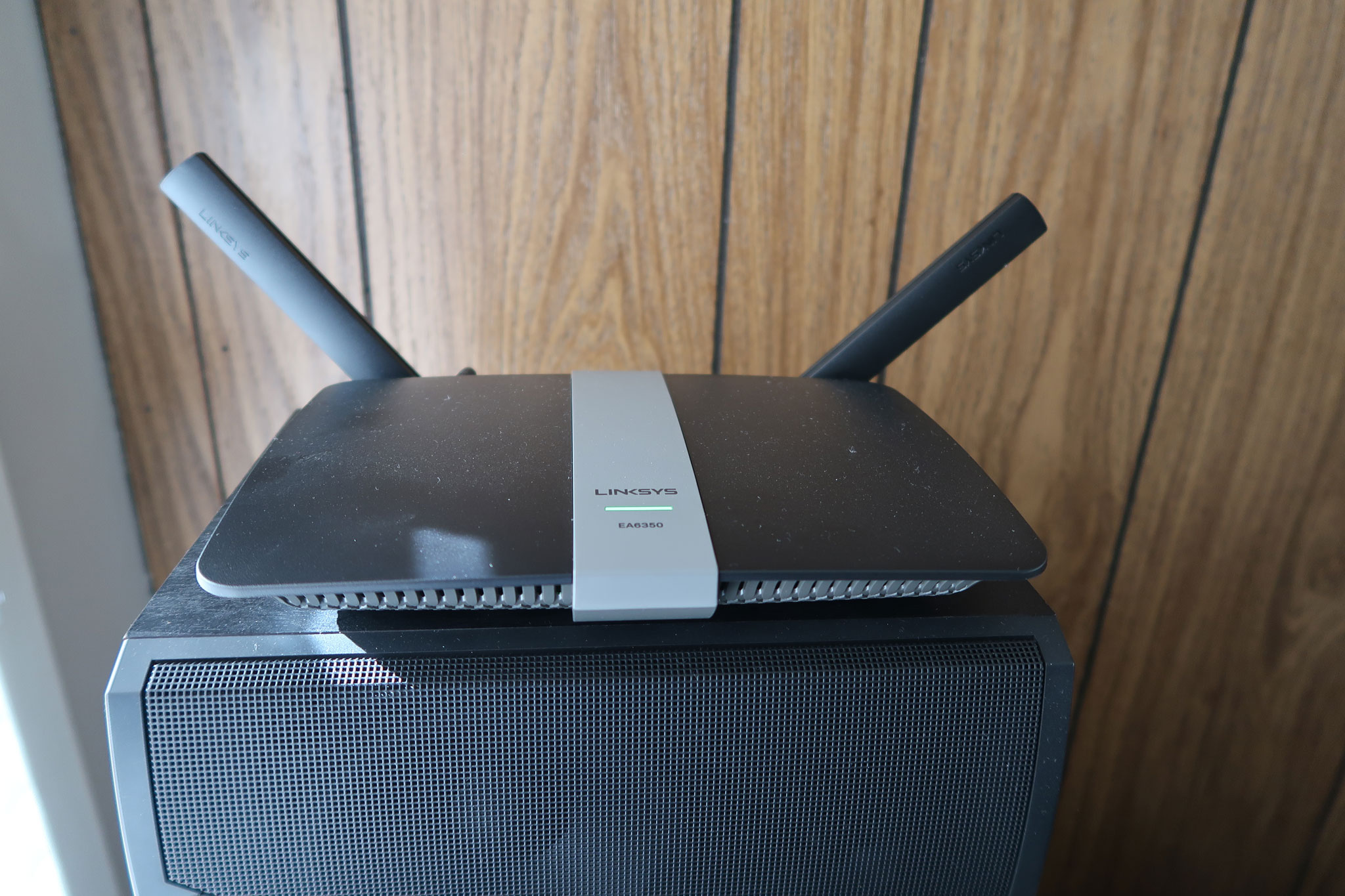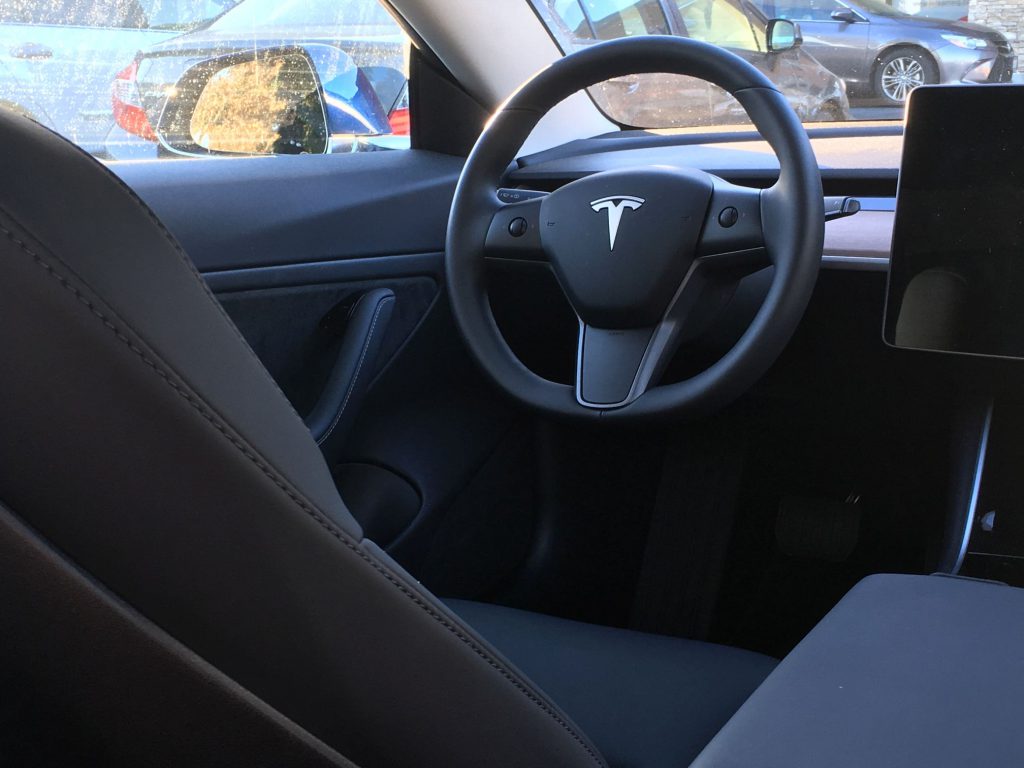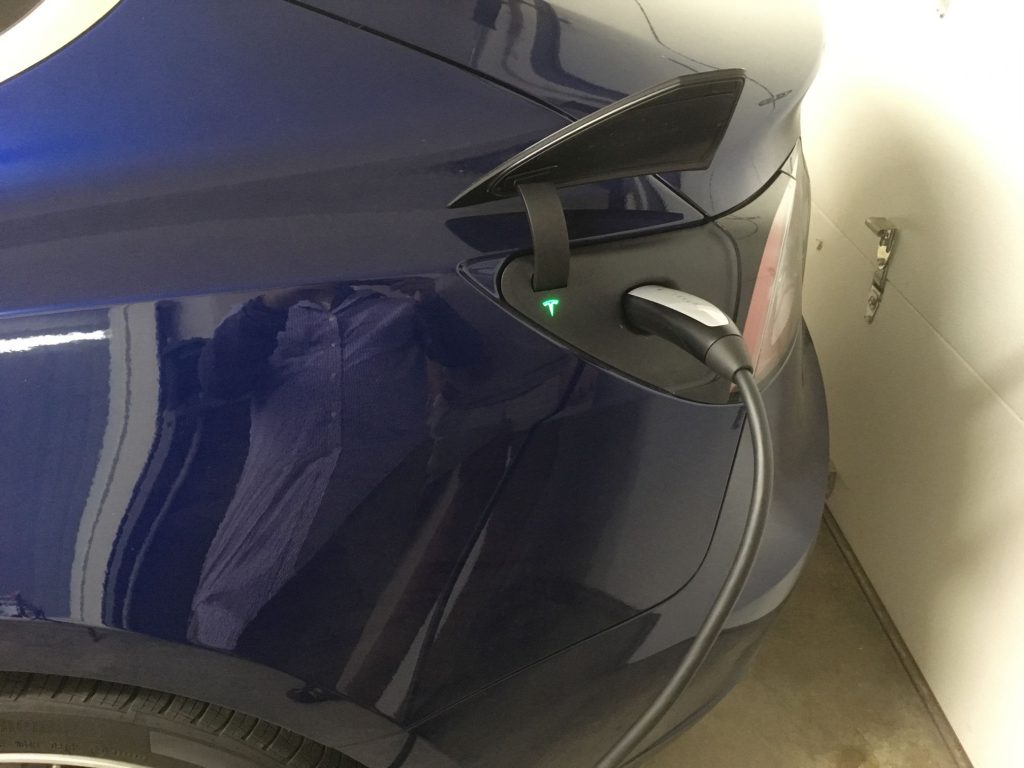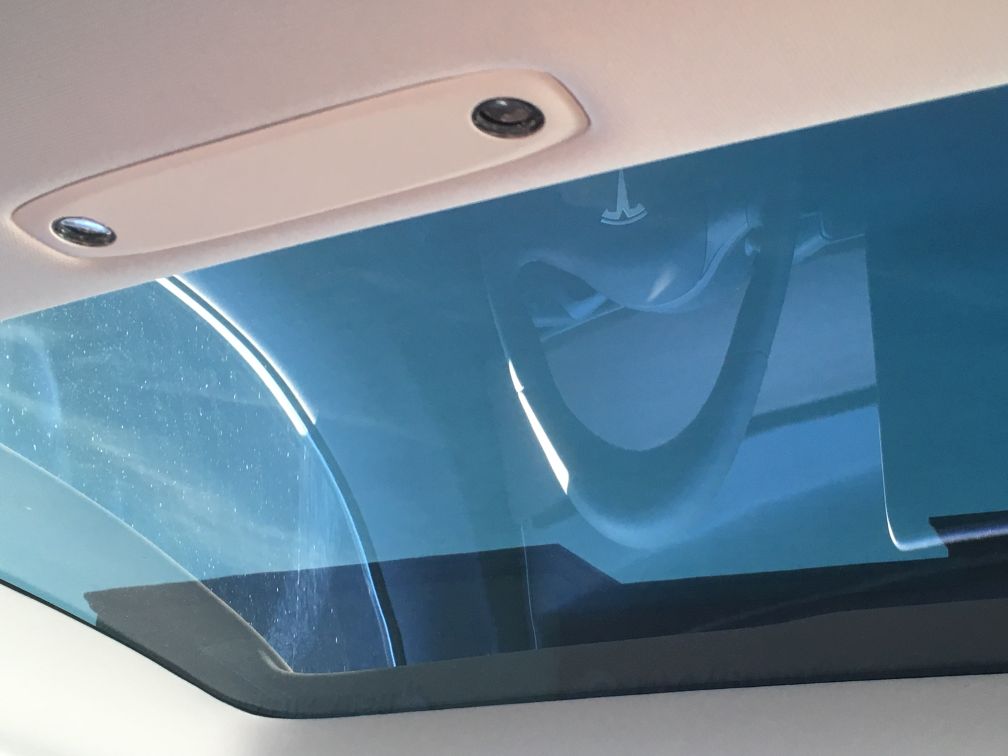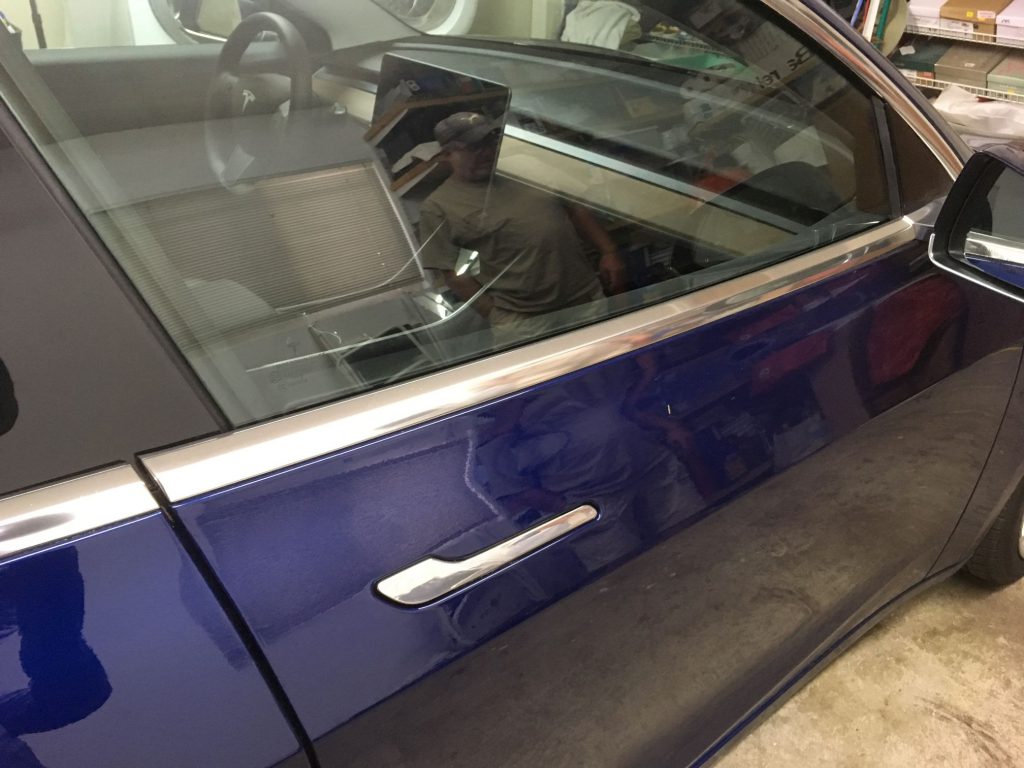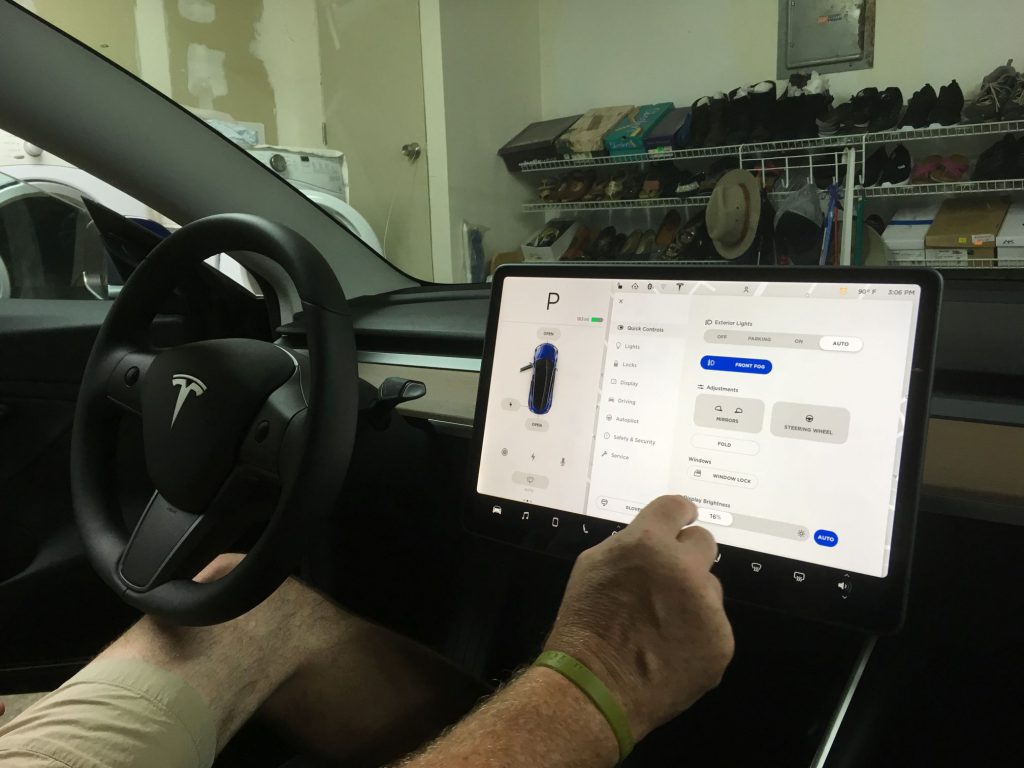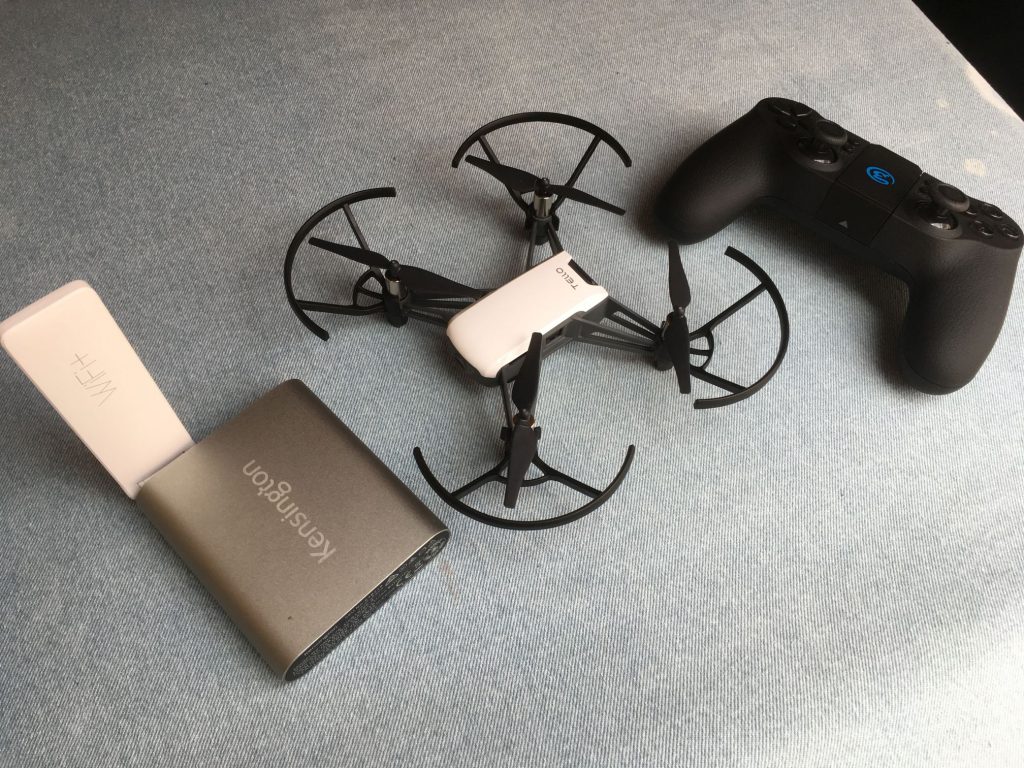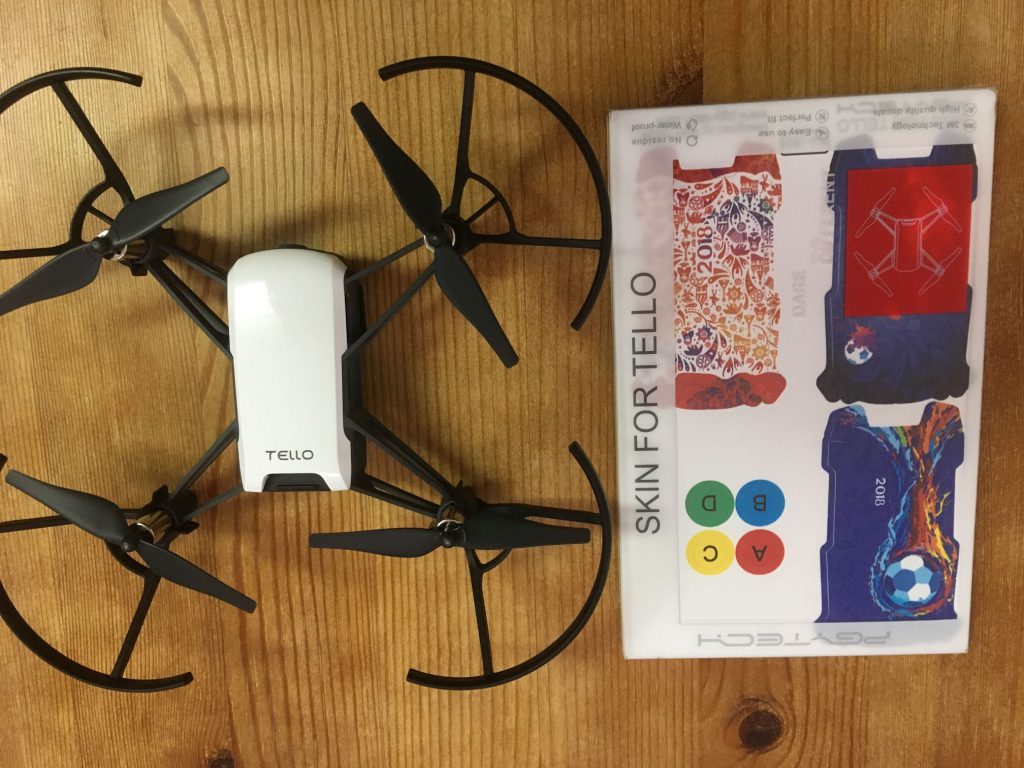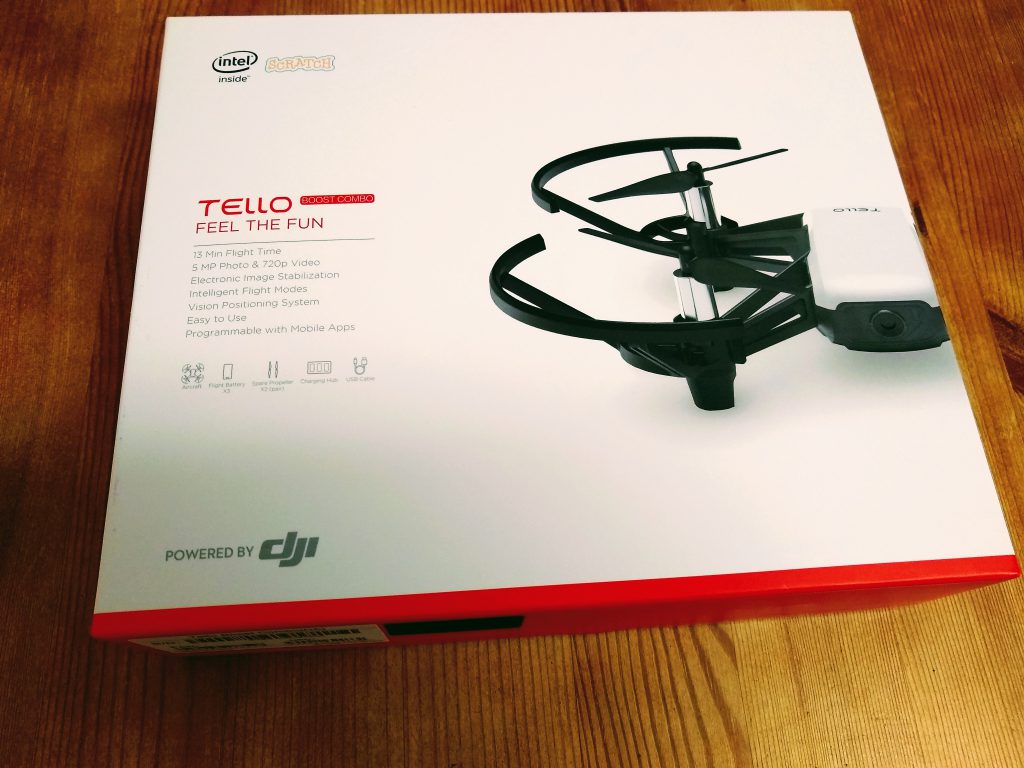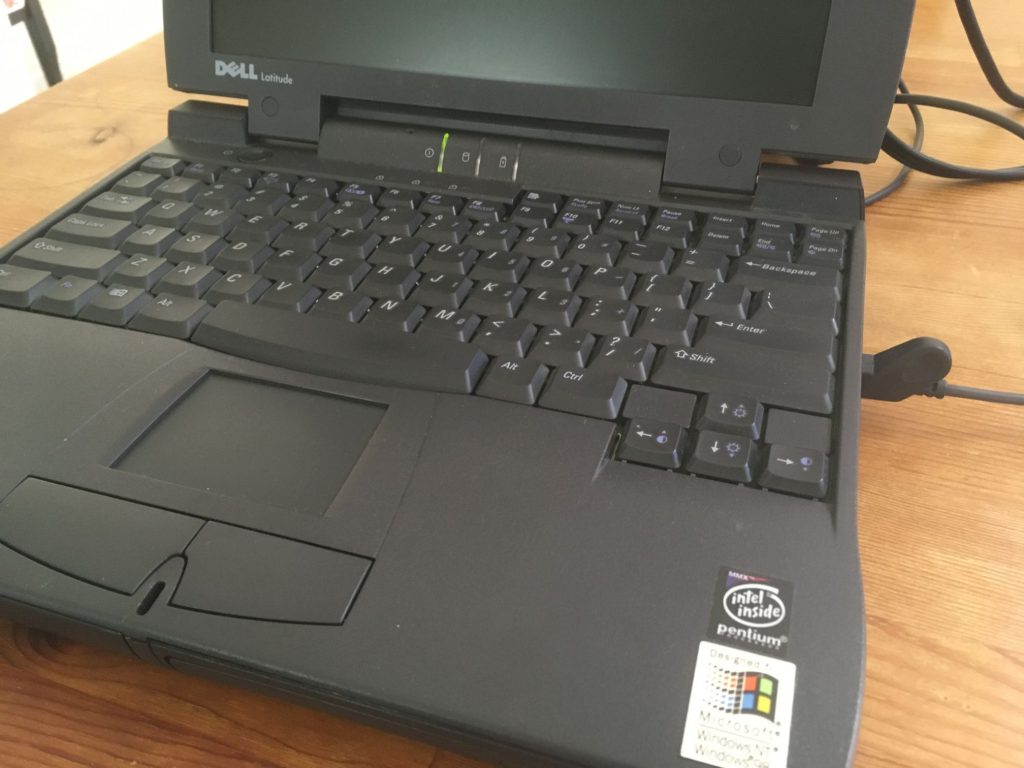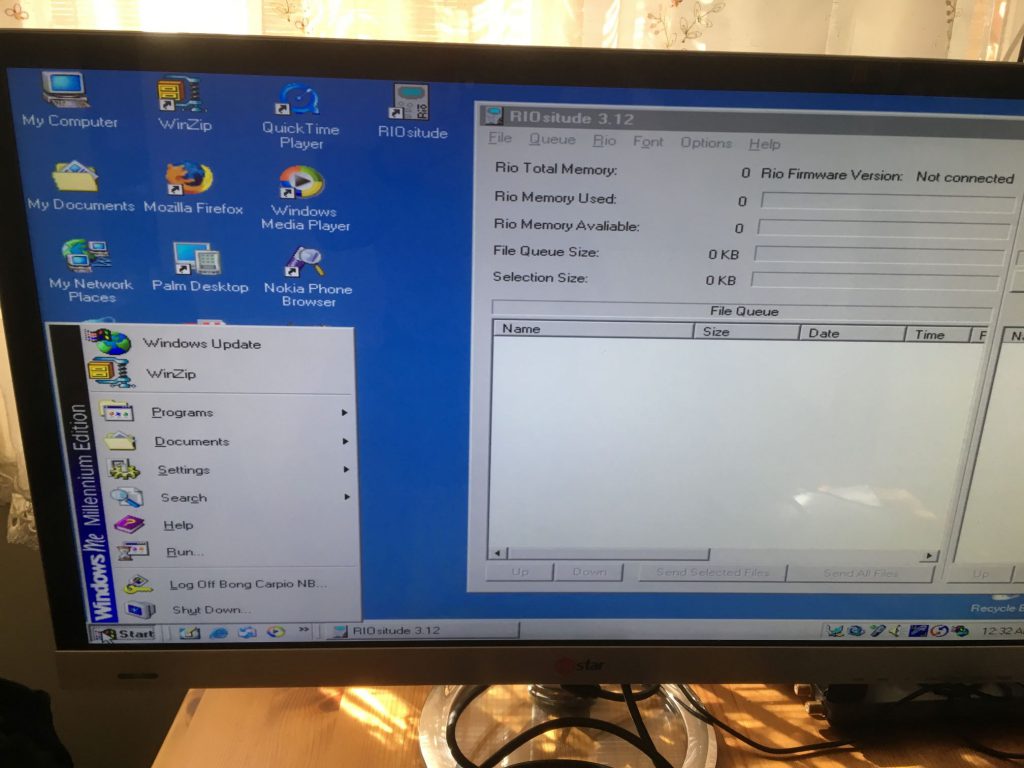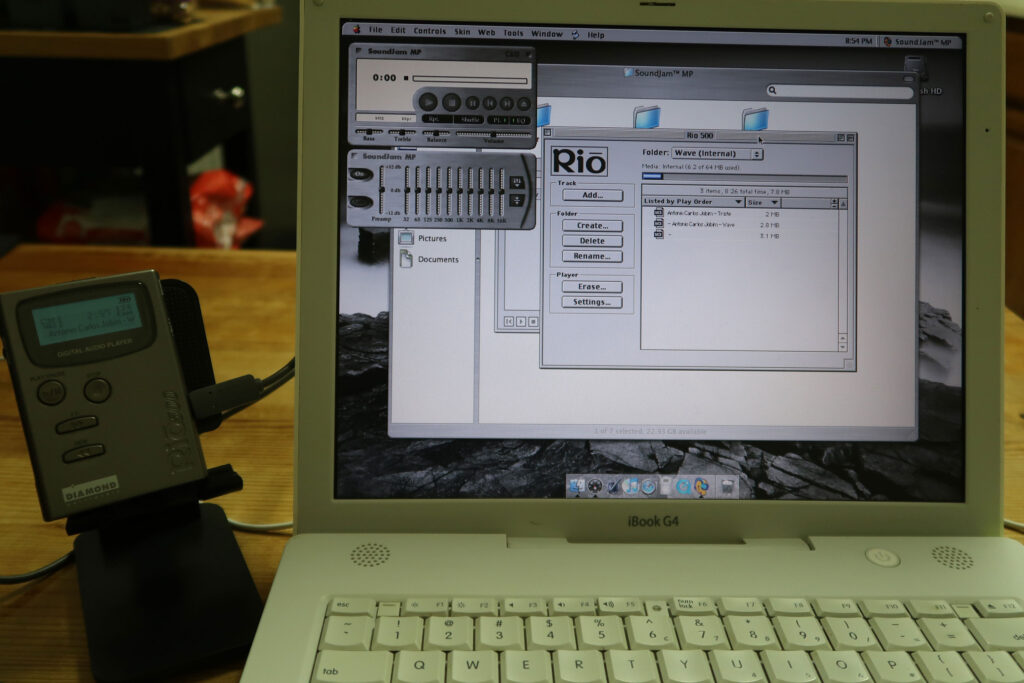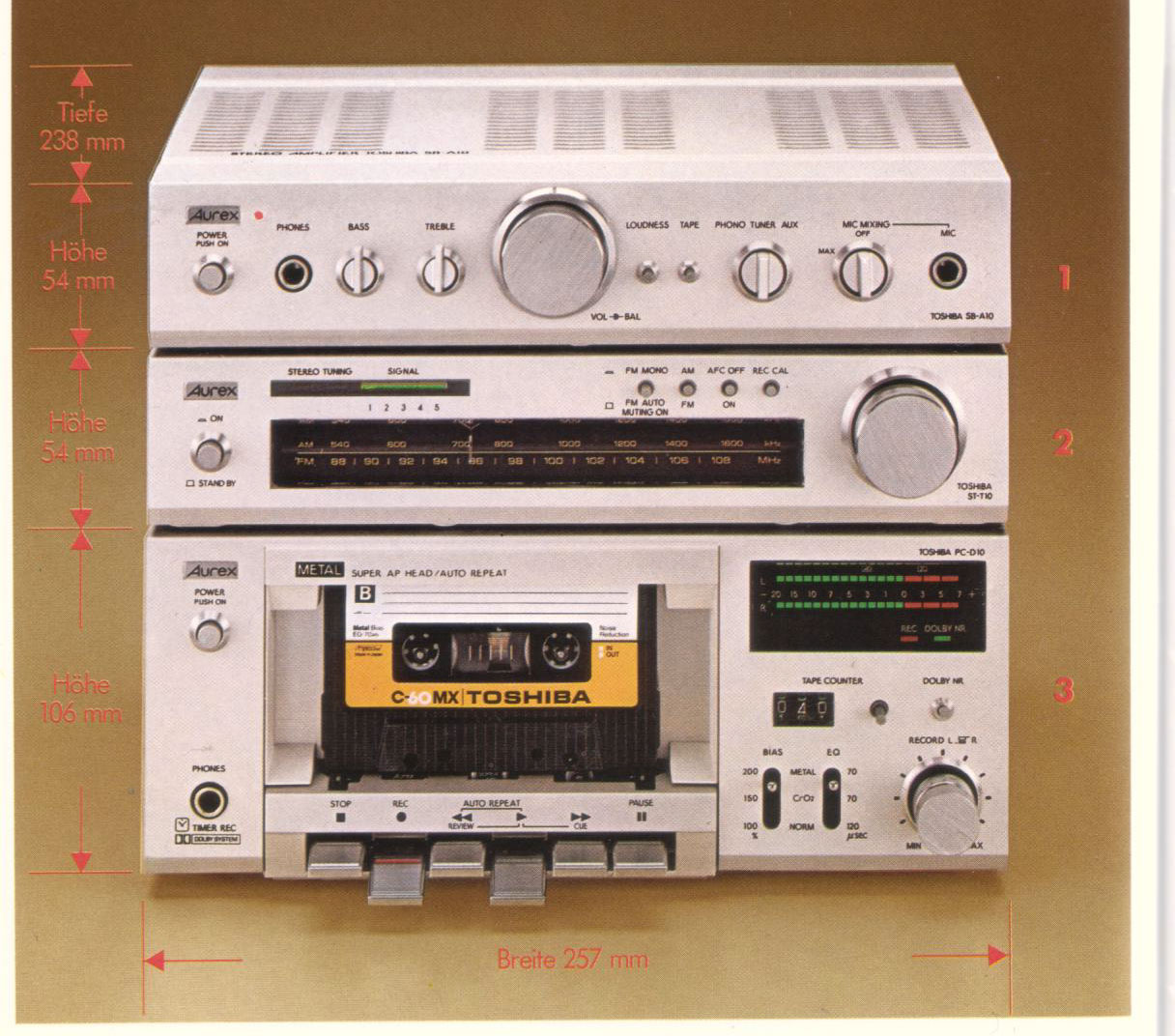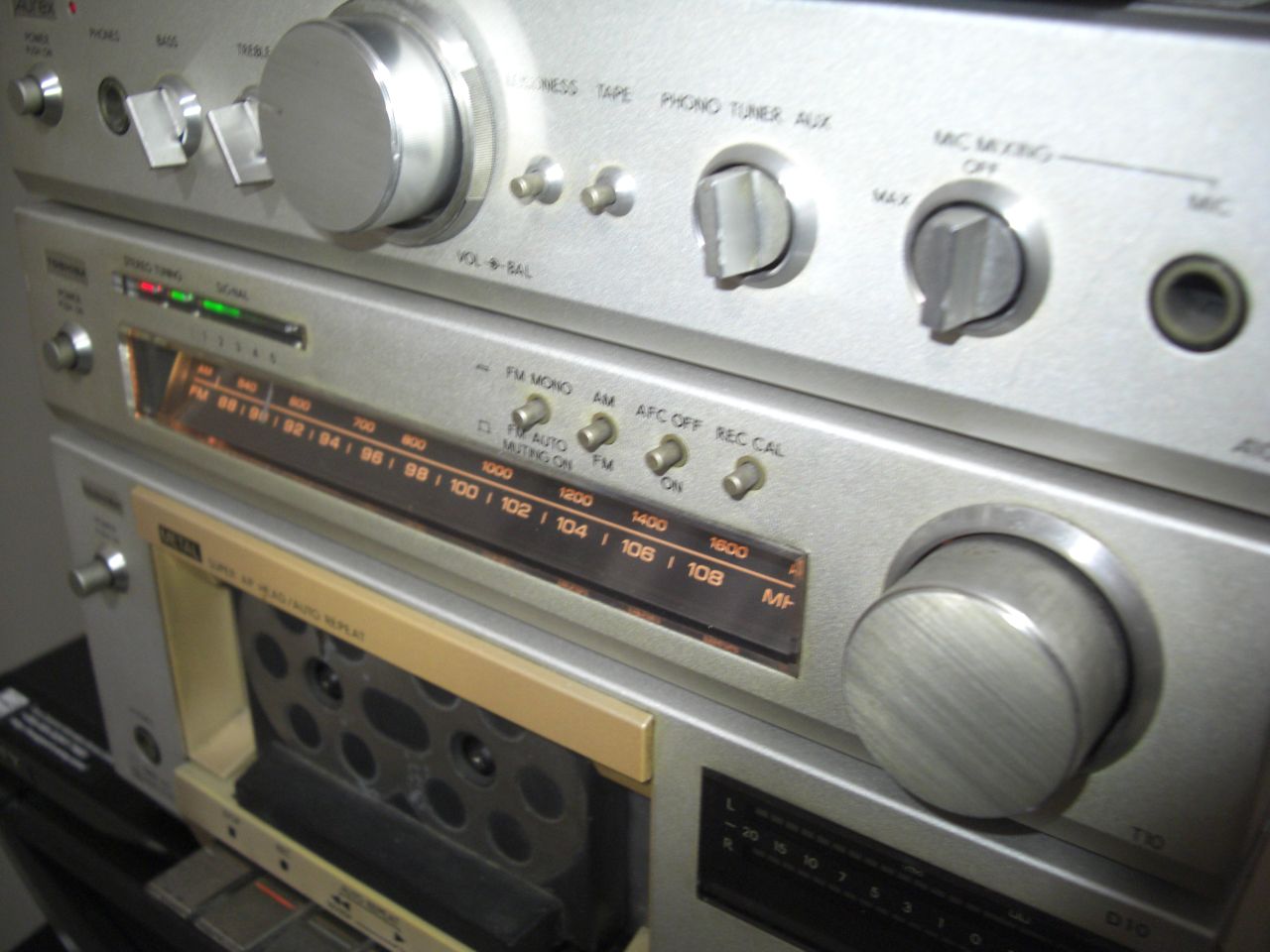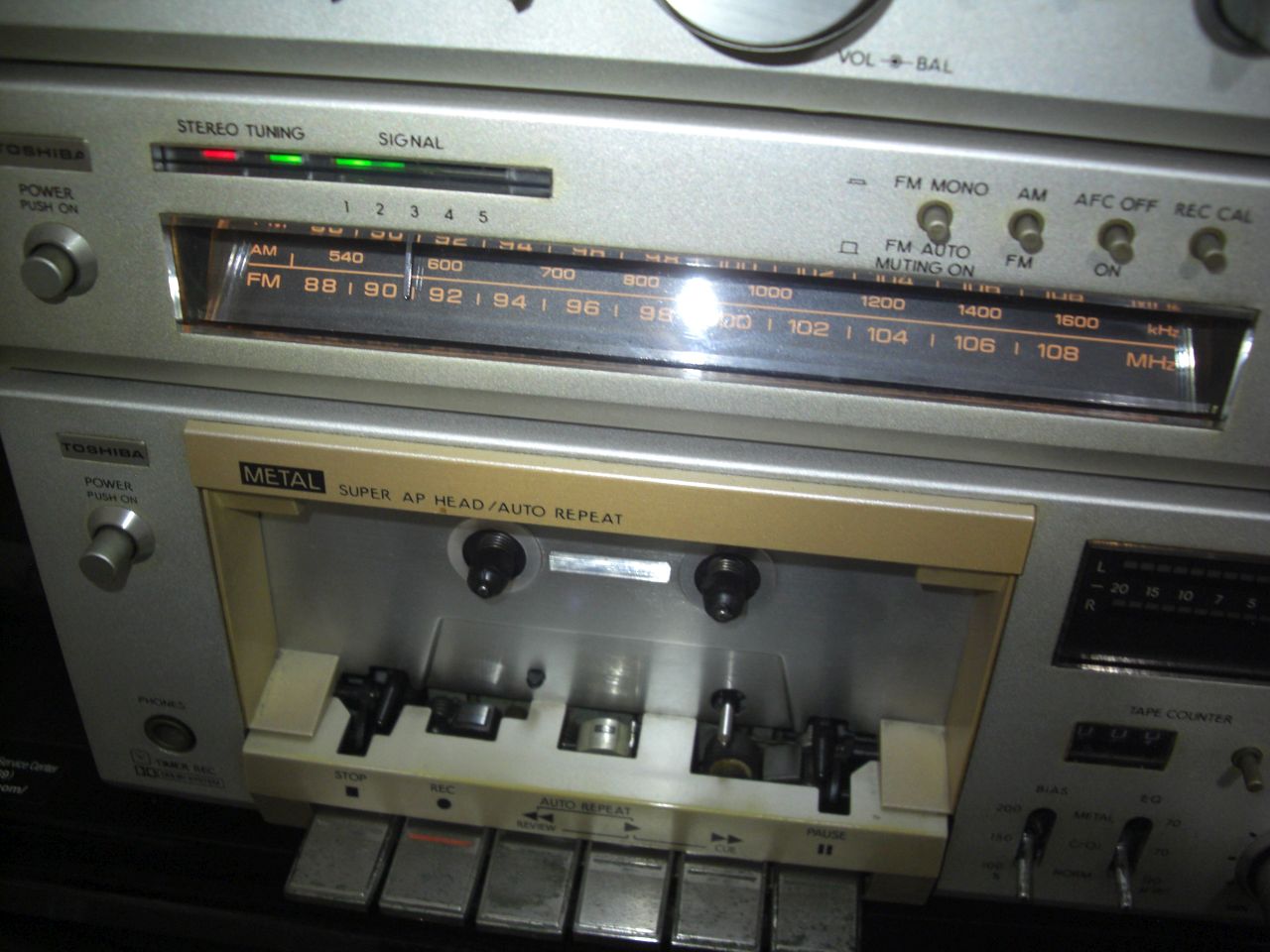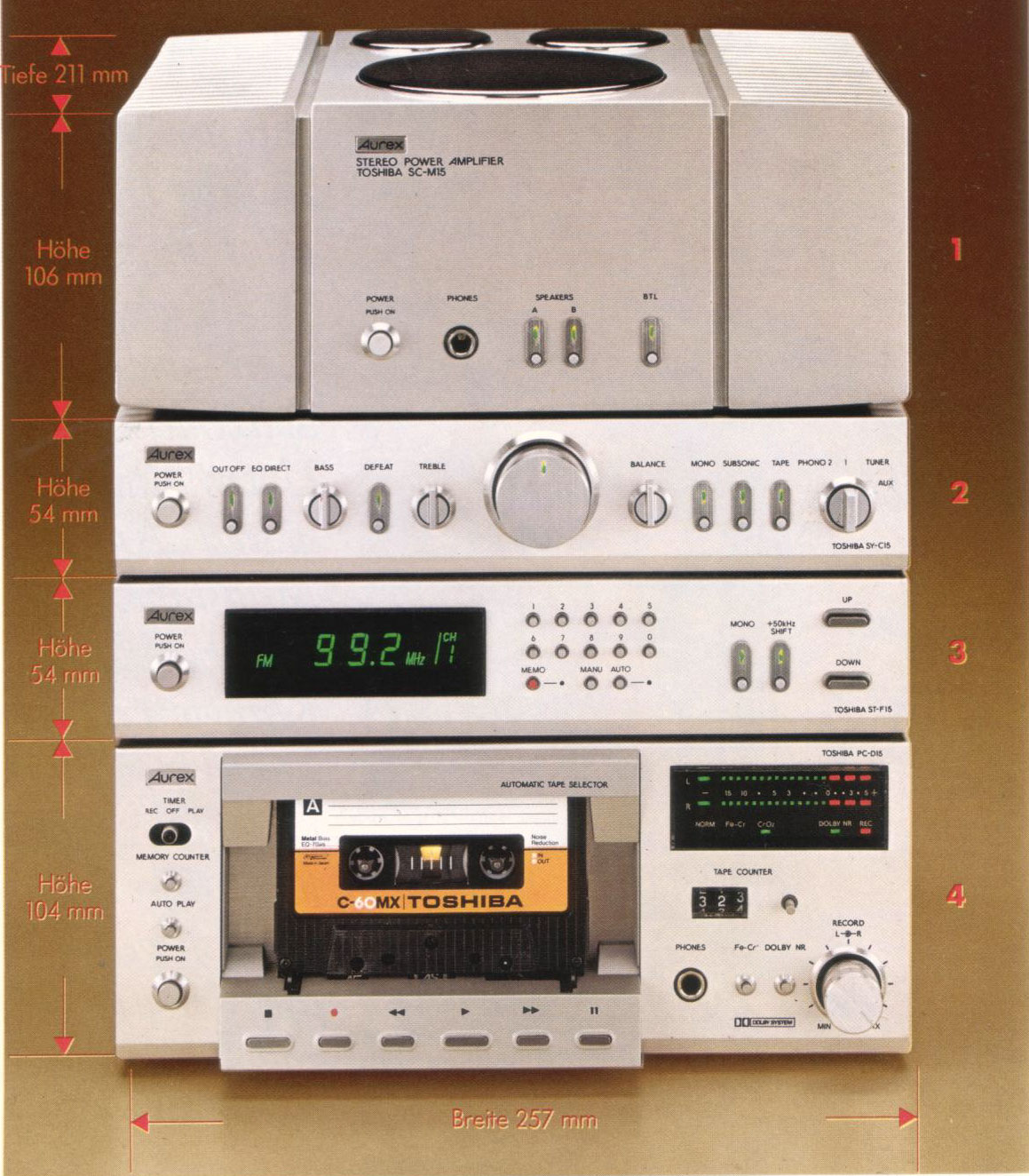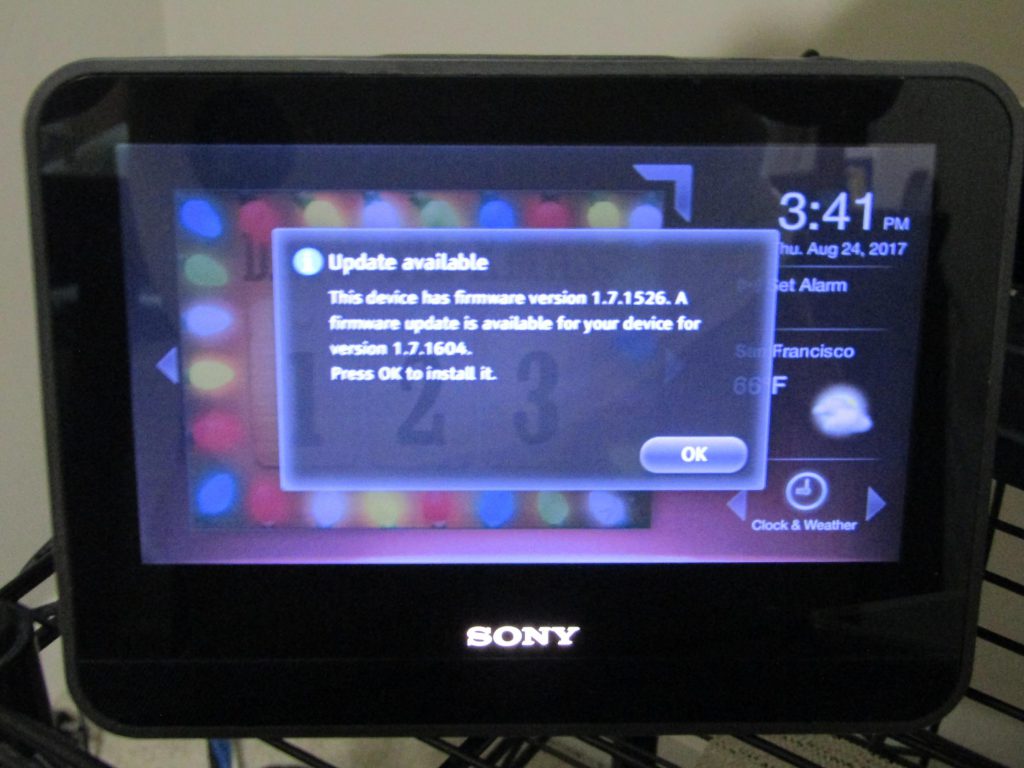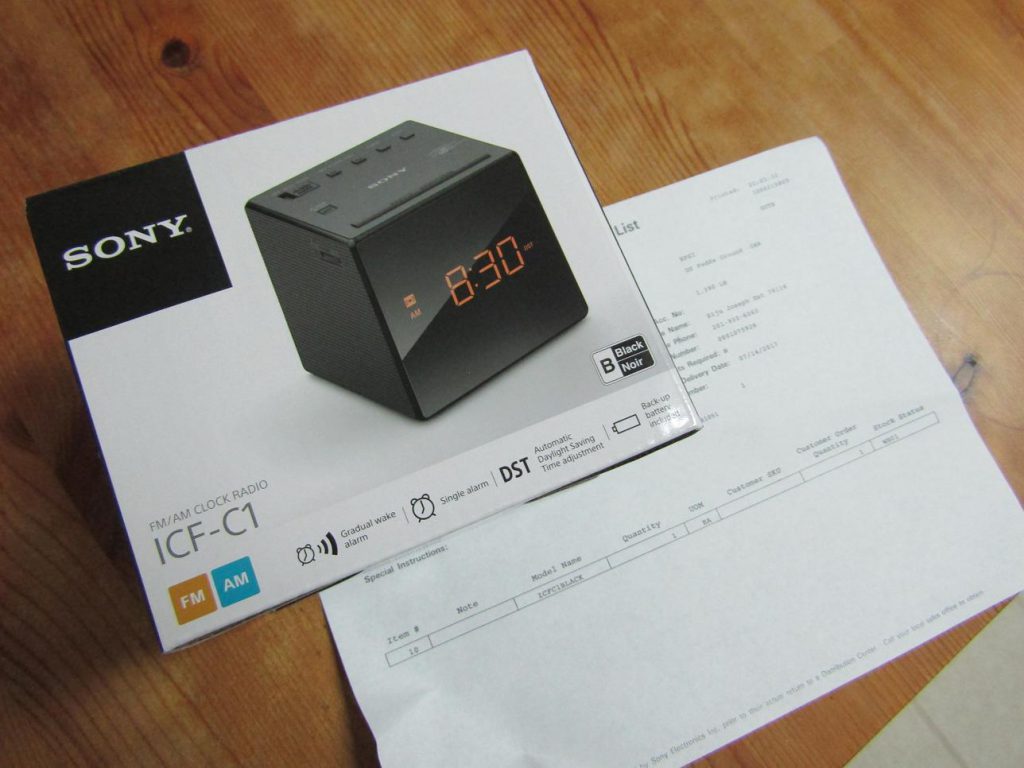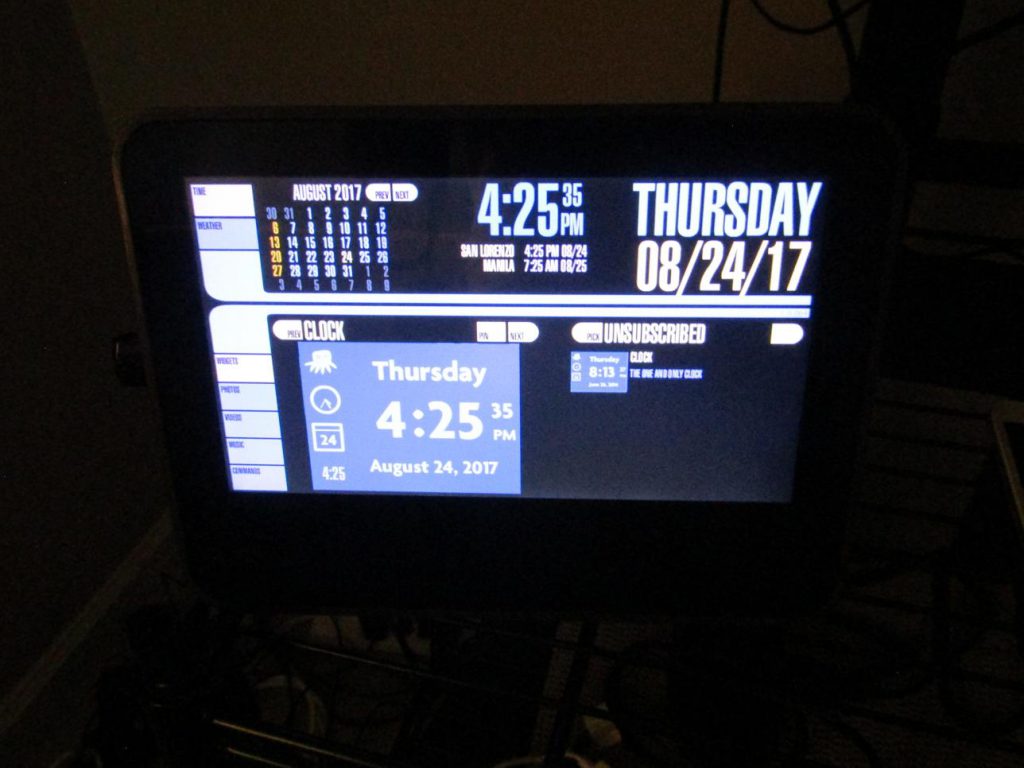It was New Year’s Eve, and I was performing routine maintenance on my cylindrical 12-core Mac Pro (Late 2013) and checking the performance of all my web server applications when something unusual happened—my Rapidweaver software crashed.
When I updated a few pages for 2021, Rapidweaver (the software that creates the pages of my main website) alerted me to an update from version 8.6.2 to 8.7, which was mostly additional support for the latest macOS, “Big Sur,” or version 11.
Although RW has safety provisions—in case of incompatibilities—to ‘Skip This Version’ and ‘Remind Me Later‘, I went ahead and did the update.
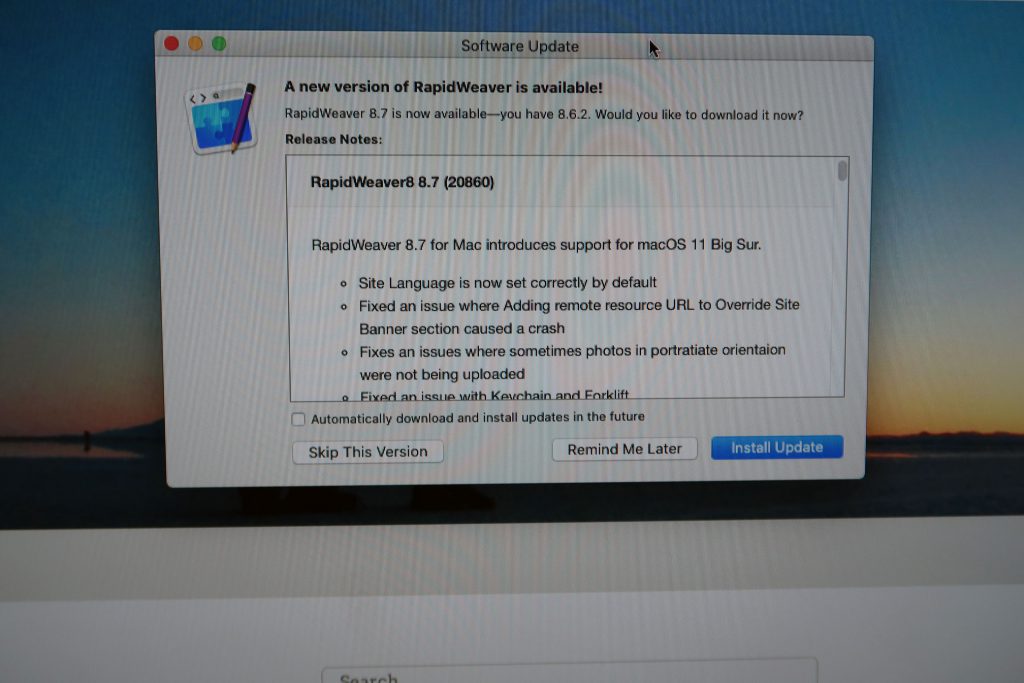
There were no problems, and I continued to open the file (.rw8) …and, bam! Another update prompt came up on the screen. This time, a plugin (or API—application program interface) within Rapidweaver called Stacks prompted me that there’s a new version, from V4.0.4 to V4.1.3 (Build #5361). Again, and how stupid of me, I did the update.
The Stacks V4.1.3 update came to haunt me, as I later found out that most web pages no longer worked. This had happened before (from Stacks 3 to Stacks 4), and I can’t seem to learn my lesson from the past. Ouch!
But this is not to conclude that the Stacks V4.1.3 update would create problems for all Rapidweaver 8.x users. It all depends on the RW theme and plugin(s) you’re using.

But, hey, no problem. I have an ever-dependable Mac-only backup in Carbon Copy Cloner—I have been using this backup software since immemorial. Before I did those updates, I had scheduled the backup to run early Sunday of every week, which should contain the replica of my entire main boot SSD.
So, I launched System Preferences > Startup Disk > switched to the backup SSD, and restarted the Mac Pro. The backup worked, as usual, like a champ. Problem solved? Well, not so fast.
While all my web pages now worked- at least, while I re-tested under RW- after I reverted to prior versions using the backup SSD, this time, a bigger issue came up – my website is no longer accessible on the Web!
How is this possible? Aren’t backups, especially a cloned version, bit-by-bit copies of their originals? A bit alarmed now because of the looming task of debugging the entire web server application, I headed to the kitchen to brew a full carafe of my favorite blend.
To maintain my presence on the Web, I switched to an older version of my website that runs on a Mac mini, then tackled the issue: why did the backup web server on the Mac Pro fail to connect to the Internet when the source drive worked? Everything else worked properly on the backup drive except the ability of my AMP (Apache-MySQL-PHP)-based web server to connect to the Web.
Here’s what I did to troubleshoot the issue:
1). Checked the router, access points & all settings (especially port forwarding) — OK.
2) I checked the IP gateway/Dynamic DNS—the one that renders your dynamic IP address given by your ISP to a static IP address needed to host a website at your chosen location—for incorrect settings. At no-ip.com, I fiddled with different domain name resolver configurations— only to discover that my previous setting was correct. All OK.
3). I reviewed all the steps when configuring the AMP-based web server via Brew. There were no problems, and everything was OK.
So, what’s wrong?
Before I resign my fate to begin 2021 with long hours recoding my webserver for macOS Big Sur (and, yes, I need to buy a new M1 processor-based Mac since my 2016-bought “trashcan” Mac Pro (Late 2013) may be compatible only in 2 or 3 more future macOS releases), I tried again to stop, start and restart the web server using Terminal.
Again, no issues until I tried to diagnose any error when Apache starts via the Terminal command:
tail -f /usr/local/var/log/httpd/error_log
The error log revealed a few script errors with the WordPress login, all related to PHP handling.
Those errors are understandable as my WordPress site is tied to my main website – https://www.marcoscarpio.com, as an off-site page within RapidWeaver.
Finally, I realized why I didn’t run the MOST BASIC of all Apache commands in Terminal.
apachectl configtest
And, there it was, right in front of my 28” LED monitor:
AH00526: Syntax error on line 46 of /usr/local/etc/httpd/extra/httpd- vhosts.conf:
SSLCertificateFile: file ‘/etc/letsencrypt/live/www.marcoscarpio.com/fullchain.pem’ does not exist or is empty
Although I was fully aware that my website’s secure version (https) is due to the free SSL certificates from Let’s Encrypt—which you have to renew every 90 days—it did not dawn on me that you MUST either renew or request a reissue of those certificates after you switched over to your backup web server!
At Let’s Encrypt Community Board, I got this good explanation:
“The distinction between copying all of /etc/letsencrypt (with symlinks) and just copying privkey.pem and fullchain.pem is that in the former case, you can run certbot renew on the new system to renew the certificates, while in the latter case, Certbot will not be able to renew the copied-over certificates. So it’s not a distinction about whether the certificates will work on the new system (just copying these two files is sufficient for that), but specifically about whether certbot renew on the new system will know they’re present and be able to renew them (copying the whole /etc/letsencrypt tree is recommended in this case)”.
Let’s Encrypt utilizes an easy-to-use client called Certbot to simplify the issuance of SSL certificates (yes, they’re free) on various web server software and OS platforms. If you have tried to install (and maintain) your SSL certificates—well, that’s another blog entry in itself.
Long story short: Let’s Encrypt Certbot won’t automatically sync the certificates it had issued on your web server that’s located on your main hard drive and your backup hard drive.
New Year. New lesson. But it’s always good to learn.








